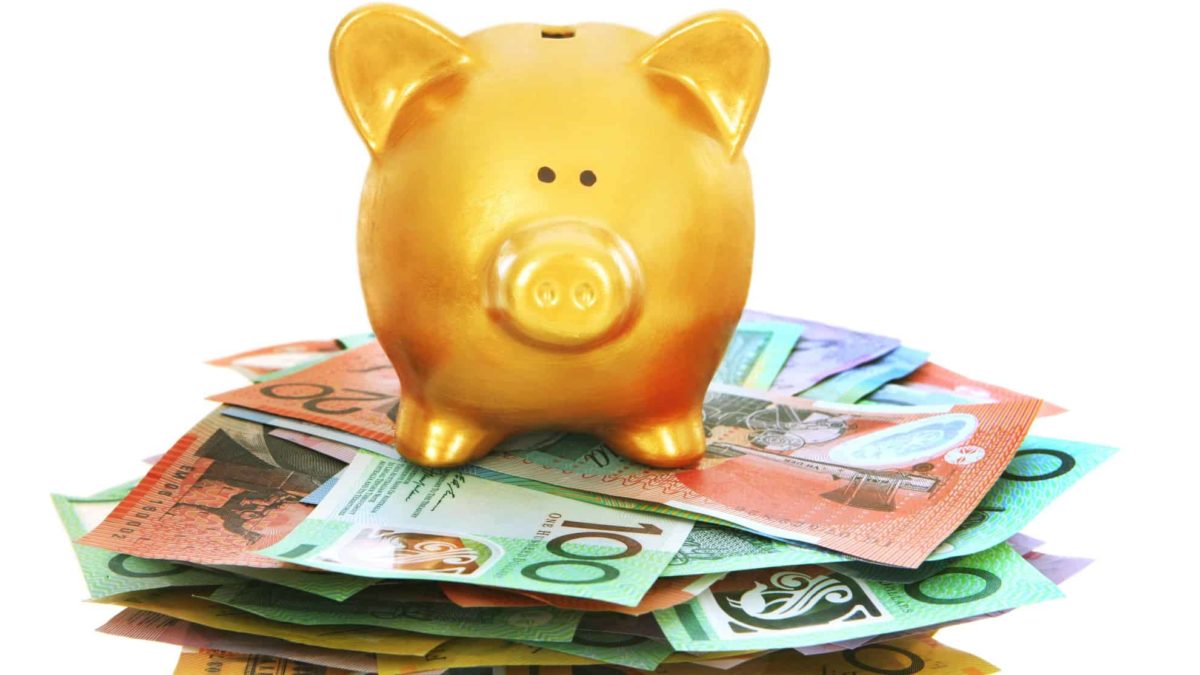The Commonwealth Bank of Australia (ASX: CBA) share price is seen as the most expensive compared to the other major banks. But can that continue?
Experts are not just talking about the market capitalisation when they say one bank is more expensive than the other. But, just for the record, the CBA market cap is almost $176 billion according to the ASX.
One of the main ways that different businesses can be compared is with the price to earnings (P/E) ratio.
So, let's look at the projected earnings multiples for FY22.
CBA share price valuation
Using Commsec data, which is provided by independent third-party data providers, CBA is expected to generate $5.23 of earnings per share (EPS).
If CBA does generate EPS of $5.23, that would mean the CBA share price is valued at around 20 times FY22's estimated earnings.
How does that compare to the other big four banks?
The National Australia Bank Ltd. (ASX: NAB) share price is valued at under 16 times FY22's estimated earnings.
Next, the Westpac Banking Corp (ASX: WBC) share price is valued at 15 times FY22's estimated earnings.
The Australia and New Zealand Banking Group Ltd (ASX: ANZ) share price is valued at 13 times FY22's estimated earnings.
So, there is a material gap in the P/E ratio between CBA and the other banks based on this year's forecast earnings. ANZ has the lowest projected earnings multiple.
Can the CBA keep up this valuation gap?
Michelle Lopez is head of Australian equities at Aberdeen Standard Investments.
The Australian Financial Review quoted her thoughts on CBA:
Commonwealth Bank, while looking expensive on an earnings multiple, is trading broadly in line with its five-year average premium to peers. We believe CBA has the leading retail franchise, leading tech infrastructure and momentum in its SME book, which enables them to continue generating a return on equity well in excess of its peers. Hence, the premium can be maintained, but admittedly, it can overshoot.
Which ASX bank is the best one to pick?
Every analyst has a different opinion on the banks. For Ms Lopez, it isn't CBA that is the most attractive bank. She commented on her favourite bank idea:
We are seeing NAB execute on its turnaround strategy and the valuation does not yet reflect the upside potential in our view given the strong earnings momentum across both its retail and SME franchises.
Recent CBA performance
The most recent operational update investors heard was the FY22 half-year result for the six months to 31 December 2021. Investors like to look at profit generation, which can have an impact on the CBA share price.
In that result, CBA said that it generated a 23% growth of its cash net profit after tax (NPAT) to $4.75 billion. It said that NPAT was supported by "strong business outcomes, reduced remediation costs and lower loan loss provisions due to an improved economic outlook but impacted by lower margins".








